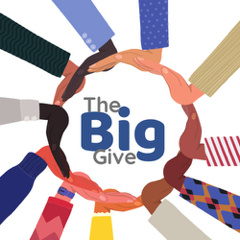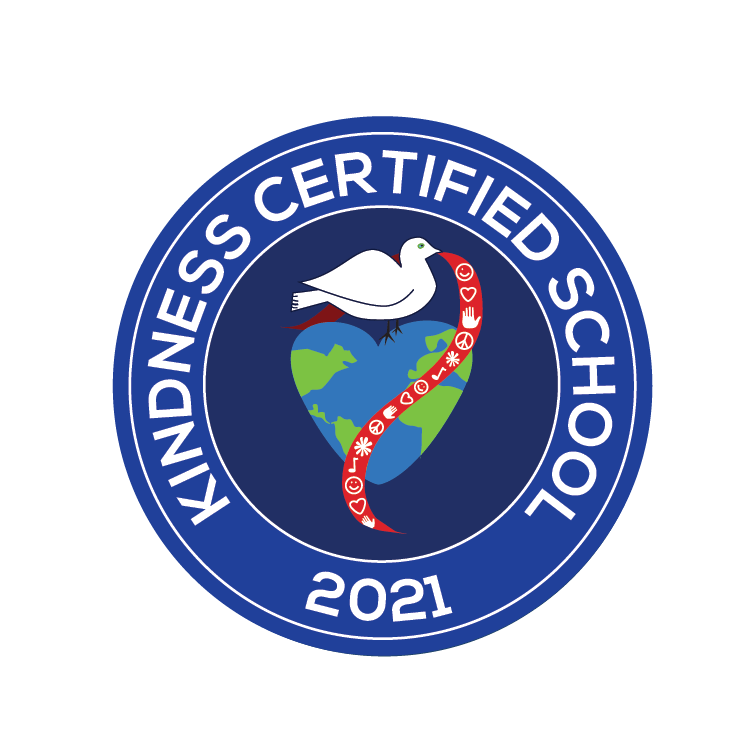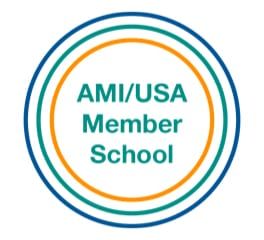Montessori Classroom Notes | January 2020
Ms. Lee
Why is music so important in the Montessori Classroom?
Music is part of our culture. Children are working in this stage of development to adapt to their particular culture, or time and place. Music is an important part in the cultural landscape that children are adapting to.
Our ears perceive three auditory sensations (pitch, timber, and volume). Children are refining these perceptions during the 3-6 period of development, so exposing children to many forms and types of music supports this development.
How do we incorporate music into the classroom?
Songs! We sing songs every single day (many times a day!) in our classroom
- Music appreciation: we listen to various composers or musical artists to build our awareness of the many forms of music
- Rhythm: move body to a beat and/or move body to the way the music sounds
- Listening: we practice listening to sounds around us
- Sharing instruments: drums, invite in a local musician, bells, hands, voices, etc.
- The Bells
This month our classroom has been exploring with a material called The Bells. The bells are used as an exploration and refinement of our auditory sense , or hearing. We identify each pitch made by the bells and play and sing the Diatonic Scale (eventually we’ll explore the Pentatonic Scale and the Chromatic Scale). Children have the opportunity to explore tunes on the bells – either tunes they may be familiar with from the classroom setting, or they may choose to compose their own melodies.
All of this early work is building toward the child’s music literacy!
Ms. Thompson
Did anyone notice the ice this past month? The children sure did. Our classroom took time to learn about ice safety. The children were shown how to slide their feet across the ice in order to reduce the possibility of falling. Children then took turns ‘skating’ across the ice with their feet. Along with ice safety our classroom took part in some ice science.
The children had a discussion about how ice was formed and how objects end up frozen within the ice. During one of our nature walks children collected ice chunks in a bucket. We brought the bucket inside and allowed the ice to melt; it took more than the full school day! Once the ice melted students poured the water into a colander to catch the objects frozen in the ice. We then pondered how each object may have ended up frozen in the ice, the forces that move these objects through nature (wind, animals, etc.), and how objects found in the ice might be dependent upon the location of the ice. A few students linked our science observations with their language works by laying out the objects, building a list of them with the movable alphabet, and then making booklets of objects they found frozen in the ice.
During winter, there is a lot of nature observation and science that can be done at home! You can try repeating the ice science experiment that our classroom did. After a snowy day your child can dig a hole in the snow, then you can discuss the layers in the snow that you see. Try going on a nature walk and discussing what plants are sleeping, where the sun is at that time of day, and what animals you and your child did or did not see.
Ms. Arminio
Happy New Year 2020
Thank you for all of the loving, kind thoughts and messages I received before the holiday break. I enjoyed each and every one of them. Throughout the month of January, I continue to enjoy the tasty treats, lovely smells, wonderful opportunities, great additions to my library, yummy coffees, and nights out on the town.
January has been busy with many projects and new lessons…always reading and writing, always perfecting.
After a wonderful break, we are right back with our studies, working diligently on our short stories, math lessons, spelling bee, art, geography, and history…especially time line research.
The Upper Elementary students came into our classroom and gave us a Clock of Eras presentation:
The Clock of Eras uses the analogy of a circular clock to represent the development of our planet in geologic time. … The Clock represents geologic time on the Earth since its birth to the present, from the initial events that brought about the formation up to now. Each hour represents approximately 375 million years.
The presentation motivated us to look closely into the Time Line of Life. The story weaves through the different periods of each era starting with the Cambrian Period of the Paleozoic Era. As we move through the different eras, new life forms are introduced and some, like the trilobites, die off. The telling of the story initiates (plants the seeds) lessons in biology, zoology, botany, ecology, and microbiology.
We celebrated Chinese New Year. We integrated language, art (the dragon head), singing, geography of China, cultural aspects and we learned some new traditions. We paraded our Dragon Dance, made a Good Luck Symbol, ate oranges, had a dumpling- making workshop, cleaned the classroom, celebrated with poppers instead of fireworks:) made noise, identified our animal zodiac, and presented red envelopes with coins for luck. We decorated with the color red, though our three day celebration was quite multi-colorful.
We will continue to learn to read and write Chinese. Ms. Jones helps us perfect our skills.
A child who has become master of his acts through long, pleasant and interesting activities in which he has engaged, is a child filled with health and joy and remarkable for his calmness and discipline.
~ Maria Montessori
Happy Year of the Rat!
Ms. Christiansen
It is hard to believe February is half over! The month flew by with the children continuing and deepening their work in all areas. Sometimes children can become reluctant to share what they are learning or about their school life. This is part of their need for independence and privacy, and is developmentally appropriate. As a parent, however, it can be confusing and even concerning as our children begin to share less with us. We know it is particularly important to have an open channel of communication as our children move into adolescence, so what can we do to foster this?
The best advice I have received has been to be interesting , not interested . In other words, the more probing questions we ask, the less likely our children are to want to connect. Instead, they feel interrogated. Being interesting refers to us sharing parts of our days and lives with our children so they have something to connect to. When we talk about our challenges, what we are excited about and our experiences, we give our children something to connect to. Conflict, and how one goes about solving it, is fascinating to the upper elementary child. They are very interested in how we manage conflict at work, with family and internal conflict as well. Sharing our successes and our challenges with our children allows them to see us as a whole person- one who succeeds and one who struggles. Witnessing this modeling will help prepare them for their own challenges.
There is also a lot of research regarding the importance of family dinners. The positive impact of just one family dinner a week is staggering. Many families share about their day during this time using the camp game: Rose, Thorn and Bud, where all are invited to share one great thing about their day, one challenging thing about their day and what they are looking forward to tomorrow. Some families have a jar where they draw questions out of to prompt conversation. All of these habits open the channel of communication and give a container that can lead to deeper topics of conversation. This allows us to build a bridge to connect to our children in a new way as they mature and move into adolescence.
The post Montessori Classroom Notes | January 2020 appeared first on Fort Collins Montessori School.
Education That Nurtures The Human Potential
QUICK LINKS
Fort Collins Montessori School







